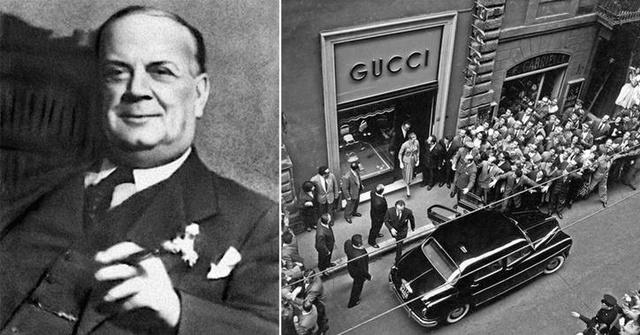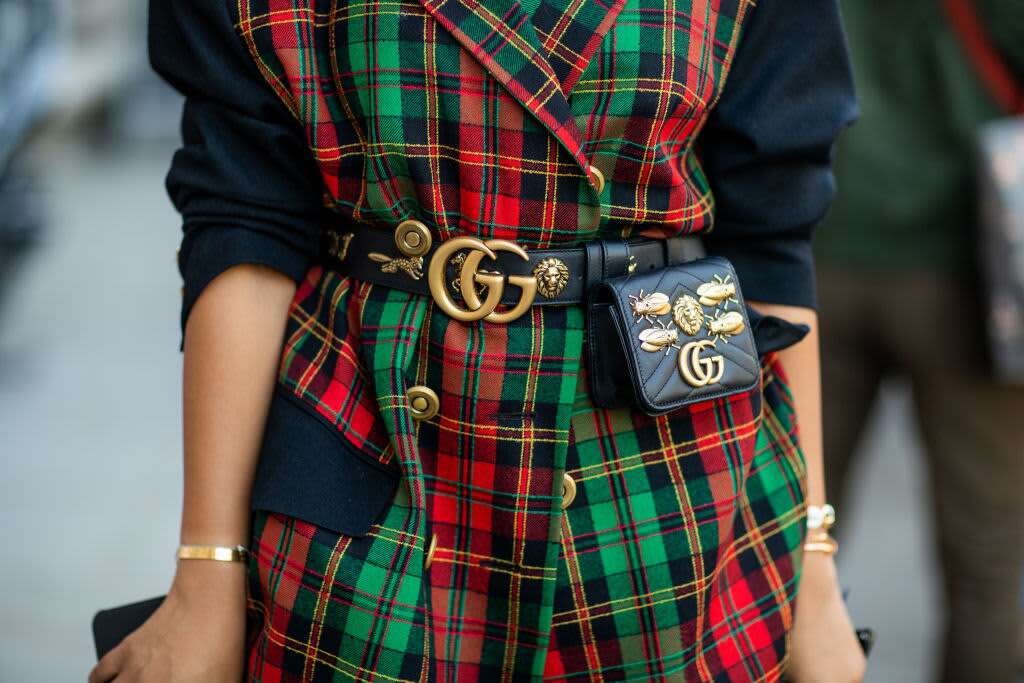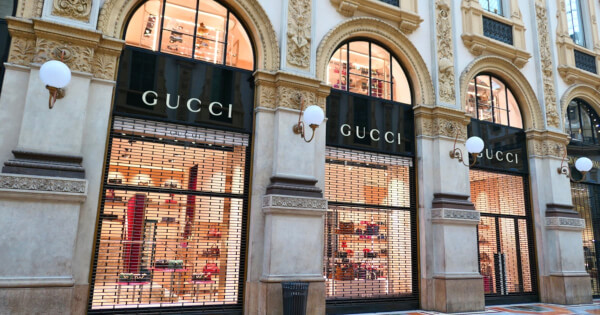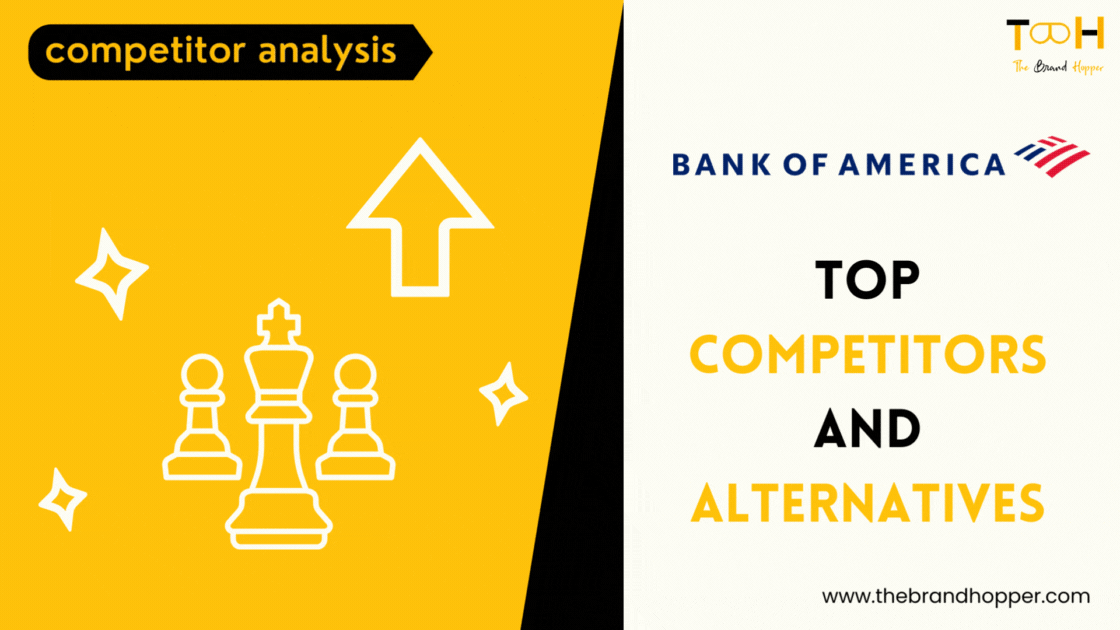Gucci is a luxury fashion brand founded in Florence, Italy in 1921 by Guccio Gucci. The brand started as a small leather goods and luggage company, but quickly gained popularity for its high-quality products and unique designs. Over the years, Gucci has become one of the most iconic and influential fashion brands in the world.
In the early years, Gucci was known for its fine leather goods, including bags, suitcases, and shoes. The company’s signature design elements, such as the interlocking “GG” logo and the use of bamboo in its handbag handles, quickly became iconic symbols of luxury and style.
Throughout the 1950s and 1960s, Gucci expanded its product offerings to include clothing, accessories, and jewelry. The brand’s designs were characterized by a combination of traditional craftsmanship and modern flair, and were favored by celebrities and wealthy customers around the world.
In the 1970s, Gucci faced a period of decline and financial difficulty. However, the brand was revitalized in the 1990s under the leadership of creative director Tom Ford. Ford’s bold and provocative designs, which included the now-famous “Gucci G” logo and the iconic “Tom Ford for Gucci” collection, helped to reestablish the brand as a major player in the fashion industry.
Today, Gucci is recognized as one of the most prestigious and influential luxury fashion brands in the world. The brand’s collections include clothing, accessories, footwear, and fragrance, and are known for their innovative designs, high-quality materials, and attention to detail. The company continues to be headquartered in Florence, Italy, and is owned by the French luxury goods conglomerate Kering.
Founding History of Gucci
Like many other high-fashion companies, Gucci began as a small, family-owned saddlery and leather goods store. Guccio Gucci was the son of an Italian merchant from the country’s northern manufacturing region. As a young man, he travelled to Paris and London, where he gained an appreciation of cosmopolitan culture, sophistication, and aesthetics. Gucci opened his first boutique in the family’s native Florence in 1921 and quickly built a reputation for quality, hiring the best craftsmen he could find to work in his atelier.

In 1938, Gucci expanded and a boutique was opened in Rome. Guccio was responsible for designing many of the company’s most notable products. In 1947, Gucci introduced the bamboo handle handbag, which is still a company mainstay. During the 1950s, Gucci also developed the trademark striped webbing, which was derived from the saddle girth, and the suede moccasin with a metal bit.
Guccio and his wife Aida Calvelli had a large family, six children in all, though only his sons —Vasco, Aldo, Ugo, and Rodolfo—would play a role in leading the company. After Guccio’s death in 1953, Aldo helped lead the company to a position of international prominence, opening the company’s first boutiques in London, Paris and New York.
Even in Gucci’s fledgling years, the family was notorious for its ferocious infighting. Disputes regarding inheritances, stock holdings, and day-to-day operations of the stores often divided the family and led to alliances. As the Gucci expanded overseas, board meetings about the company’s future often ended with tempers flaring and luggage and purses flying. Gucci targeted the Far East for further expansion in the late 1960s, opening stores in Hong Kong and Tokyo. At that time, the company also developed its famous GG logo (Guccio Gucci’s initials), the Flora silk scarf (worn prominently by Hollywood actress Grace Kelly), and the Jackie O shoulder bag, made famous by Jackie Kennedy, the wife of U.S. President John F. Kennedy.
Gucci remained one of the premier luxury goods establishments in the world until the late 1970s, when a series of disastrous business decisions and family quarrels brought the company to the verge of bankruptcy.
At the time, brothers Aldo and Rodolfo controlled equal 50% shares of the company, though Aldo felt that his brother contributed less to the company than he and his sons did. In 1979, Aldo developed the Gucci Accessories Collection, or GAC, intended to bolster the sales for the Gucci Parfums sector, which his sons controlled. GAC consisted of small accessories, such as cosmetic bags, lighters, and pens, which were priced at considerably lower points than the other items in the company’s accessories catalogue. Aldo relegated control of Parfums to his son Roberto in an effort to weaken Rodolfo’s control of the overall operations of the company.
Though the Gucci Accessories Collection was well received, it proved to be the destabilizing force that brought the Gucci dynasty crashing down. Within a few years, the Parfums division began outselling the Accessories division. The newly-founded wholesaling business had brought the once-exclusive brand to over a thousand stores in the United States along with the GAC line, deteriorating the brand’s standing with fashionable customers.
“In the 1960s and 1970s,” writes Vanity Fair editor Graydon Carter, “Gucci had been at the pinnacle of chic, thanks to icons such as Audrey Hepburn, Grace Kelly, and Jacqueline Onassis. But by the 1980s, Gucci had lost its appeal, becoming a tacky airport brand.” It didn’t take long before counterfeiters ravaged the company’s pomp by flooding the market with cheap knockoffs, further tarnishing the Gucci name.
Meanwhile, infighting was taking its toll on the operations of the company back in Italy: Rodolfo and Aldo squabbled over the Parfums division, of which Rodolfo controlled a meager 20% stake. By the mid 1980s, when Aldo was convicted of tax evasion in the United States by the testimony of his own son, the outrageous headlines of gossip magazines generated as much publicity for Gucci as its designs.
Rodolfo’s death in 1983 caused a major shakeup in the company when he left his 50% stake in Gucci to his son, Maurizio Gucci. Maurizio allied with Aldo’s son Paolo to gain control of the Board of Directors and established the Gucci Licensing division in the Netherlands for tax purposes. (This action would later have a drastic impact on the outcome of the company’s dispute with the world’s largest luxury goods company, LVMH Moët Hennessy Louis Vuitton.)
Following the decision, the rest of the family left the company and, for the first time in years, one man was at the helm of Gucci. Maurizio sought to bury the fighting that had torn the company and his family apart and turned to talent outside of the company for Gucci’s future.
Brands Acquisitions and Mergers Strategy of Gucci
Gucci has been involved in a number of mergers and acquisitions throughout its history. Here are some of the key ones:
Investcorp Acquisition (1988): In 1988, the Bahrain-based investment firm Investcorp acquired a 50% stake in Gucci for $120 million. This infusion of capital helped to stabilize the company and paved the way for a period of significant growth and expansion.
Pinault-Printemps-Redoute Acquisition (1999): In 1999, the French retail conglomerate Pinault-Printemps-Redoute (PPR) acquired a controlling stake in Gucci for $3 billion. Under the leadership of PPR CEO François-Henri Pinault, Gucci underwent a major restructuring, with a focus on streamlining operations, improving quality control, and expanding its product offerings.
Yves Saint Laurent Acquisition (1999): As part of the PPR acquisition, Gucci also acquired the luxury fashion house Yves Saint Laurent. This allowed Gucci to expand its product offerings and gain access to a wider customer base.
Sanofi Beauté Acquisition (2002): In 2002, Gucci acquired the cosmetics and fragrance division of the French pharmaceutical company Sanofi. This allowed Gucci to expand its presence in the beauty industry and launch its own line of fragrances.
Balenciaga and Alexander McQueen Acquisitions (2001 and 2003): Under the leadership of creative director Tom Ford, Gucci also acquired the luxury fashion houses Balenciaga and Alexander McQueen. These acquisitions allowed Gucci to expand its portfolio of brands and attract a wider range of customers.
Kering Rebranding (2013): In 2013, PPR changed its name to Kering and rebranded itself as a pure luxury player. This move was intended to emphasize the company’s focus on high-end luxury brands such as Gucci, and to distance itself from its more mass-market retail holdings.
Today, Gucci is a major player in the luxury fashion industry, and is owned by Kering. The brand continues to innovate and expand its product offerings, while remaining true to its roots as a maker of high-quality leather goods.
Brand Integration Strategy of Gucci
Gucci Group is one of the world’s leading multi-brand luxury goods companies. Thanks to a clear strategies and a set of unique competitive advantages, the group has developed and strengthened a prestigious brand portfolio, broad product range and extensive geographical presence worldwide.
The Group’s well balanced brand portfolio includes prestigious and clearly identified luxury brands with a distinctive, specific role.
Gucci Bottega Veneta and Yves Saint Laurent are the engines of organic growth.
Boucheron offers complementary expertise in segments like jewellery and watches.
Balenciaga, Stella McCartney, Alexander McQueen and Sergio Rossi are cutting-edge brands with high potential for long-term growth.
Gucci Group has successfully attracted the best creative talents, who are now recognized as rising stars. Frida Giannini at Gucci, Tomas Maier at Bottega Veneta, Stefano Pilati at Yves Saint Laurent and Nicolas Ghesquiere at Balenciaga have perfectly interpreted the essence of their brands, and made such brands that can keep their heritage alive with a contemporary mood. Designers like Alexander McQueen, Stella McCartney and Francesco Russo at Sergio Rossi had set the trends with the cutting-edge styles.
The Group creates and distributes high quality luxury goods including ready-to-wear, handbags, luggage, small leather goods, shoes, timepieces, jewellery, ties and scarves. Also, under license from global industry leader, eyewear and fragrances, cosmetics and skin care products. This vast product range and the sharing of specific expertise among the various brands are one of the Group’s
greatest assets and a source of organic growth.
The carefully controlled development of an integrated distribution network with a sound geographical basis has been a key strategic focus of Gucci Group. As of May 2023, the group directly operates 483 stores in major markets throughout the world and wholesale products through franchise stores, duty free boutiques and leading department and specialty stores. Gucci Group is owned by Kering , a global player in retail and luxury goods.
What makes Gucci so prominent and successful?
There are several factors that have contributed to Gucci’s prominence and success in the fashion industry:
Strong Brand Identity: Gucci has a strong and recognizable brand identity, which has helped to distinguish it from other luxury fashion brands. The brand’s iconic logo, signature prints, and bold designs have become synonymous with luxury and sophistication.

Innovation: Gucci has a reputation for innovation, both in terms of design and marketing. The brand has been known to experiment with new materials, techniques, and technologies, and has pioneered new trends in the fashion industry. For example, under the leadership of creative director Tom Ford in the 1990s, Gucci introduced provocative and boundary-pushing designs that helped to redefine the brand’s image and attract a new generation of customers.
Quality and Craftsmanship: Gucci has a longstanding commitment to quality and craftsmanship, which is reflected in the materials used to make its products and the attention to detail that goes into each piece. Gucci’s products are made using high-quality leather, silk, and other materials, and are crafted by skilled artisans who take pride in their work.
Strong Distribution Network: Gucci has a strong global distribution network, with stores located in major cities around the world. The brand has also invested heavily in its e-commerce capabilities, making it easy for customers to shop online and access a wide range of products.
Celebrity Endorsements: Gucci has a long history of partnering with celebrities and influencers, who help to promote the brand and its products to a wider audience. Over the years, Gucci has collaborated with everyone from Grace Kelly and Audrey Hepburn to Beyoncé and Harry Styles, cementing its status as a cultural icon.
Corporate Strategy: Gucci’s success can also be attributed to its strong corporate strategy, which includes a focus on sustainable and ethical practices, a commitment to diversity and inclusion, and a willingness to adapt to changing market conditions. For example, Gucci has taken steps to reduce its carbon footprint and promote eco-friendly practices, and has launched initiatives to support emerging artists and designers.
Overall, Gucci’s success can be attributed to a combination of factors, including strong brand identity, innovation, quality craftsmanship, strong distribution network, celebrity endorsements, and a strong corporate strategy.
Also Read: The Magic of LVMH: Exploring the Success Story Of Luxury Empire
Marketing Strategies of Gucci
Gucci is a luxury fashion brand that has been in the industry for almost a century. With a strong brand identity, Gucci’s marketing strategies aim to maintain their status as a leading luxury brand while appealing to a diverse audience:
Brand identity and image:
Gucci’s brand identity is built around luxury, quality, and Italian craftsmanship. The brand has consistently maintained this image through its products, marketing campaigns, and store design. Gucci’s marketing strategy is to create a sense of exclusivity around their products to appeal to high-end consumers who value luxury and quality. They achieve this through their use of high-end materials, attention to detail, and signature design elements, such as the double-G logo.
Influencer marketing:
Gucci has utilized influencer marketing to promote their products to a wider audience. They collaborate with influencers and celebrities to create social media campaigns, fashion shows, and events that promote their brand. Gucci carefully selects influencers who align with their brand values and style to create a seamless and authentic partnership. Gucci has worked with high-profile names such as Harry Styles, Jared Leto, and Lana Del Rey, among others, to promote their products to their millions of followers on social media platforms.
Exclusive events:
Gucci’s exclusive events and fashion shows are invitation-only and attended by celebrities, influencers, and industry insiders. These events are designed to create excitement and buzz around their products, generating demand and increasing brand awareness. Gucci’s events often feature immersive experiences that showcase their products in unique and engaging ways, leaving a lasting impression on attendees.
Digital marketing:
Gucci’s digital marketing strategy includes online advertising, email marketing, and social media campaigns. Their social media accounts are highly curated and feature high-quality visuals that showcase their products. Gucci uses paid social media advertising to target specific demographics and increase brand awareness. They also send personalized emails to customers with product recommendations and exclusive offers, creating a sense of exclusivity and personalized service.
Product placement:
Gucci has strategically placed their products in films and television shows to increase their visibility. By featuring their products in popular media, Gucci increases their exposure to a wider audience. For example, Gucci has had their products featured in films such as “The Devil Wears Prada” and “Ocean’s 8”.
Collaborations:
Gucci has collaborated with other brands and designers to create limited edition products that generate excitement and demand. These collaborations include partnerships with Dapper Dan, Comme des Garçons, and The North Face, among others. These collaborations allow Gucci to tap into a new audience and generate excitement around their brand by creating unique and limited edition products.
Sustainability:
Gucci has made a commitment to sustainability and has integrated this into their marketing strategy. They have launched campaigns promoting sustainability and have created products using sustainable materials. Gucci’s commitment to sustainability appeals to consumers who prioritize environmental responsibility and showcases their dedication to social responsibility. For example, Gucci has created products using Econyl, a recycled nylon material, and has launched campaigns to promote responsible consumption.
In conclusion, Gucci’s marketing strategies aim to maintain their brand identity while appealing to a diverse audience. They utilize influencer marketing, exclusive events, digital marketing, product placement, collaborations, and sustainability to promote their products to a wider audience. By consistently adapting to changing trends and consumer preferences, Gucci has remained a leading luxury brand in the fashion industry.
To read more content like this, subscribe to our newsletter



